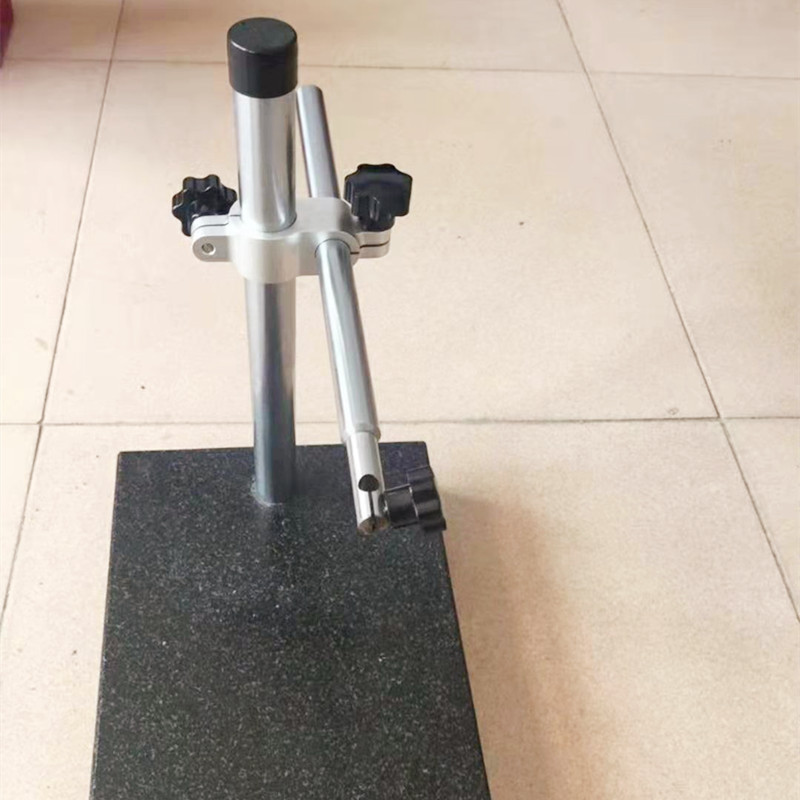Out . 30, 2024 17:01 Back to list
water valve types
Understanding Water Valve Types A Comprehensive Guide
Water valves are essential components in plumbing and fluid control systems, regulating the flow of water for various applications. Choosing the right type of valve is crucial for ensuring optimal performance, efficiency, and safety in both residential and industrial settings. In this article, we will explore the different types of water valves, their functions, and where they are commonly used.
1. Gate Valves
Gate valves are designed to control flow by raising or lowering a gate within the valve body. When fully opened, they provide minimal resistance to fluid flow, making them ideal for on/off applications. However, they are not suitable for throttling purposes as partially closed gate valves can cause damage over time. Gate valves are commonly used in pipelines, water supply systems, and irrigation systems.
2. Globe Valves
Globe valves are known for their excellent throttling capability. They consist of a spherical body with an internal baffle that directs flow, allowing precise control of water flow rates. While they do create more resistance than gate valves, they are preferred for applications where flow regulation is necessary. Common uses for globe valves include heating systems, water treatment facilities, and fuel supply systems.
3. Ball Valves
water valve types

Ball valves feature a spherical disc that controls flow. When the ball is turned parallel to the flow, the valve is open; when turned perpendicular, the valve is closed. These valves are known for their durability, quick operation, and tight seals, making them ideal for flow regulation in both residential and commercial applications. Ball valves are commonly used in water supply systems, HVAC equipment, and gas distribution.
4. Check Valves
Check valves allow water to flow in one direction while preventing backflow, protecting pipelines and equipment from damage. They are typically used in situations where backpressure is a concern, such as in pumps and water supply systems. Various designs, including swing check, lift check, and ball check valves, cater to different applications based on pressure and flow requirements.
5. Butterfly Valves
Butterfly valves are designed with a rotating disc that controls flow. They are lightweight and compact, making them suitable for large-diameter pipes. With rapid opening and closing capabilities, butterfly valves are popular in water distribution networks, wastewater treatment plants, and HVAC systems.
Conclusion
Selecting the appropriate water valve type is vital for ensuring the efficient and safe operation of plumbing and fluid systems. Each valve type—gate, globe, ball, check, and butterfly—has its unique advantages and use cases. Understanding these differences can help homeowners, engineers, and maintenance professionals make informed decisions that enhance system performance and longevity. When in doubt, consulting with a plumbing professional can provide valuable insights tailored to specific project needs.
-
V Blocks for Sale: Types, Uses, and Best Heavy-Duty Frame V OptionsNewsJul.28,2025
-
The Process of Creating Precision Granite Stone BlocksNewsJul.28,2025
-
Key Factors When Selecting Ball Valves for SaleNewsJul.28,2025
-
How Seat Material Affects Performance in Butterfly Valve ApplicationsNewsJul.28,2025
-
Guide to Plain Ring Gages for Industrial Quality ControlNewsJul.28,2025
-
4 Flanged Y Strainer Configurations for Heavy-Duty SystemsNewsJul.28,2025
Related PRODUCTS









